A Glittering Heritage: Hong Kong’s Dickson Yewn Creates Contemporary Jewellery Inspired By China’s Imperial Past 翁狄森: 珠寶藝術 道法自然
English 英: Deirdre Kelly · Chinese 中:Ophelie C.
all Image & Photo: YEWN
La Mei 蠟梅 Flower brooch
Think of a bejeweled ring and your mind just might conjure an image of a circular band of gold set with sparkly gemstones. Such a visualization is to be expected given that round shape rings have been the norm in jewellery for many thousands of years. Now imagine that you’re a jewellery maker who is also a visual artist, and you want to make a difference in the rarified world of luxury goods. Do you continue to go round, or do you venture boldly into new design territory, using innovation to open up fresh pathways which you hope others will notice and want to follow? This was the challenge that Dickson Yewn set for himself when he first started designing jewellery in Hong Kong close to 30 years ago. He wanted to pursue the unpredictable but how exactly? And then it struck him. Steeped in Chinese history, literature and philosophy, he’d go forward by returning to the past, using jewellery art to reinterpret the rich material culture of imperial China. “Creating contemporary Chinese jewellery isn’t easy,” he says, “but I’m doing what no one else has done. And to do that, it helps that I’m Chinese and genuinely love the culture. You really need that if you’re going to make a difference.”
Former US First Lady Michelle Obama wore a YEWN square ring — Wish-Fulfilling Lattice Square Ring
(Jadeite, Diamond, and White Gold) 美國前第一夫人米歇爾配戴YEWN的方戒出席威廉王子的婚禮
That difference manifested itself the day Yewn designed a square ring with latticed metal work emulating the intricate decorative patterns seen in the hand-carved window frames of Imperial architecture. The shape was inspired by the magic squares found in the I Ching, an ancient Chinese divination text also known as the book of changes. To deepen the cultural associations, Yewn crowned his original creation with jade, a traditional Chinese stone which he revitalized by cutting it into flat slabs and inlaying it with wood reclaimed from abandoned Chinese furniture. Yewn is a collector of old wood and has over 30 different species of rare and indigenous species to draw on for his jewellery. “It’s how I started to develop a style and look,” he says, “by mixing traditional Chinese workmanship with modern aesthetics.”
Three Fold Auspiciousness Reclaimed Wood Bangle
A novelty in the industry, his box ring was not initially embraced by the high-end clients who frequent his namesake boutique in Hong Kong’s exclusive Landmark district. Then came the breakthrough. In 2011, former US First Lady Michelle Obama wore a YEWN square ring at the London reception hosted by Queen Elizabeth II and Prince Phillip to celebrate the nuptials of Prince William and Kate Middleton. Photographed and featured in magazines and newspapers around the globe, the unusually shaped ring immediately became the talk of style watchers and connoisseurs alike who heralded its innovative design. Overnight the YEWN brand became internationally known. A star was born after years of quiet struggle and bouts of self-doubt. “Until that moment I had seriously considered giving up,” divulges Yewn, speaking via Zoom from the home he shares with former Chinese model Coco Chiang and their two young children. “It’s not easy for people to accept something new.”
Despite the difficulties, Yewn has stayed the course, confident that his mission to bring aspects of Chinese heritage to the world was his proper calling. Borrowing freely from more than 5,000 years of Chinese history, he uses jewellery to transfer the essence of Chinese culture into luxurious material objects.
His investigations have taken him deep inside the rarified world of imperial art and artisanship to recover source ideas and styles for his contemporary jewellery pieces. To augment their beauty and make them truly representative of the culture, Yewn uses ancient Chinese jewellery-making techniques like cloisonné, gold weaving and enameling, reviving them for a new generation of consumers. Many Chinese have lost their roots in this globalized world and Yewn is determined that they find them: “For me, it is about bringing traditional Chinese culture back into today’s contemporary lifestyle.”
「我有一個遠大的夢想,希望能利用珠寶這精細的藝術媒介,訴說中國物質和非物質文化的大故事。」當代中國珠寶藝術家翁狄森(Dickson Yewn)在2023年出版的精裝藝術書中描述自己的鴻圖大志。翻開這本共278頁的藝術書,內頁珠寶華麗耀目之餘,作品所呈現的中國歷史與文化意涵更憾動人心。無論是其獲美國前第一夫人米歇爾Michelle Obama赴國宴配戴的翡翠如意格方戒,抑或是選用木材融入珠寶首飾,背後盡是人文哲學的精髓。
Lucky Cloud Lattice Butterfly Square Rings 祥雲窗花系列方戒
翁狄森在其多年心血結晶《Yewn: Contemporary Art Jewels and the Silk Road》開宗明義就說此書是「寫給中國當代藝術家和設計師」。他說這是在國際社會上,當代第一本專門描寫中國珠寶藝術的精裝書。他痛心中華文明過去二百多年一直遭全世界忽視,因此他着力在作品中重新演釋華夏幾千年文化的精髓。他形容自己是當代的文人、士大夫,他強調:「做設計先決條件是要看過很多東西,你要飽覽中國物質文化、飽覽中國文物古董。無論是穿的鞋、住的房子、庭院,每一物每一小節都要很留意的。」
家族從事珠寶生意,翁狄森在耳濡目染下培養出對中華文化熱誠和品味,「香港荷里活道整段路都賣中國古董;又例如蘇富比、佳士得拍賣行一年都有四次拍賣會,全部都是國際精品,可以去看。八十年代很少膺品,全部真材實料,是國家級的寶藏。眼睛也需要訓練的,看得多真品自然分辨得出膺品,看得多好東西才培養到品味」。
Floral Ice-Ray Lattice Peony Bangle With Ruyi 如意 (Sceptre) Clasp
It’s an artistic journey as well as an act of allegiance to the culture that has nurtured his artistry. Both inform his latest book, YEWN: Contemporary Art Jewels and the Silk Road. Released in April, the copiously illustrated tome weighs in at 2.5 kilograms, making it a substantial testament to his commitment to put the shine back on Chinese aesthetics. Besides highlighting his nation’s artistic and cultural heritage, the book serves as a stunning showcase for Yewn’s fine jewellery, cementing his reputation as a virtuoso in the field. But it wasn’t what he thought he’d do in life.
Born in Hong Kong in 1970, Yewn started his career in film — a first love — before moving into advertising. They were short-lived jobs. Yewn didn’t fit in with the machismo culture he says he encountered there. “I was too much of a loner. I needed someplace where I could work on my own.” With ambitions to become an entrepreneur, Yewn (who attended high school in Vancouver) took an undergraduate degree in business administration at the University of Ottawa, plus supplementary classes in philosophy at the Sorbonne in Paris. His parents happen to be in the business — dad is a watchmaker and mom a jeweler who specializes in coloured gemstones— and so the incentive to work with jewellery was always an option. His mother eventually provided the decisive push.
此書引用不少古代詩詞、朝代故事以至道家思想闡釋其珠寶創作靈感,諸如震驚時尚圈的方戒設計實也內有乾坤。2011年米歇爾戴上翁狄森設計的翡翠如意格方戒出席英國威廉王子大婚的國宴,才讓大家意識到戒指可以是方型的。這破天荒的靈感從何而來?原來源自中國古哲學「天圓地方」的陰陽學說。他強調「天圓地方」絕不是地平說,而是道家「人法地,地法天,天法道,道法自然」的核心思想。他笑說其實方戒四角「可讓手指抖抖氣」,每位試穿過的女士都會驚覺:「噢!原來這樣舒適!」
道法自然,大概就是翁狄森珠寶創作的核心,他講究大自然的學問底蘊,往往比一般人更着重根本溯源。在全球的時尚設計不少會採用花與蝶作為題材,我們一般能辨認出花的品種,但蝴蝶呢?翁狄森甚至會在作品為蝴蝶伸張正義,以不同的木材呈現現實世界真實蝴蝶品種的天然顏色。他說要為蝴蝶抱不平:「蝴蝶全球有幾萬種,花亦一樣,但為甚麼在時尚設計行業裏面,任何品牌以至設計師都答不出蝴蝶的品種。很多人會答那是幻想。為甚麼花不用幻想呢?」
In the mid-1990s, she asked the youngest of her three children to create one-of-a-kind pieces for some of her private clients. Response was favourable. Commissions began to pour in along with sales at Christie’s auction house. Wanting to formalize his training, Yewn relocated to New York where he took classes in jewellery design and photography at the Fashion Institute of Technology. Once back in Hong Kong, he launched two popular contemporary brands, both inspired by Chinese traditions and culture: Life of Circle in 2000, and YEWN fine jewellery in 2003. Chinese jewellery has a storied history, but that history has often been forgotten by consumers enthralled by Western design and products. Yewn set out to reverse the trend, appearing like an explorer foraging through ancient forests of beauty in search of true forms. Curiosity was piqued.
Whispering Peach Blossom Bangle
The South China Morning Post began to report regularly on the intrepid designer behind the brands, helping to establish Yewn’s reputation as a heritage jeweler with a passion for historical research. Early articles reported on Yewn’s exploratory trips to old capitals like Xian and Pingyao, the last completely walled city in China, to study design details on everything from garden benches to folkloric dress. These archaic motifs in addition to lucky symbols, floral imagery, and philosophical texts embedded throughout the culture have consistently found their way into his contemporary designs.
Imperial Tapestry Peony Vanity Purse
His “Imperial Amulet” collection, for instance, features a gem-embellished sword pendant inspired by 18th-century Emperor Qianlong. The top-selling “Literati Speak” collection borrows the forms codified by Ming Dynasty scholar-painters of the 16th century, rendering them as ceramic rings imbued with the spirit of the artists miniature landscapes. The “Floral Fan” collection celebrates the round fans, made of silk, paper and feathers, that date back to the Shang dynasty of 1600 B.C. Yewn reimagines them as delicate drop necklaces framed in 18-karat black gold, brilliant cut diamonds and rose cut diamonds for added shimmer.
“Imperial China was one of the best and biggest exporters of fine luxury goods in the world for more than 1500 years. Sadly, that status was lost after 1911 [the start of the Xinhai Revolution that overthrew the Imperial dynasty] … but I think the East winds are blowing again. It’s now China’s turn to be glamourous.”
Floral Lattice Peony Bangle With Ruyi (Sceptre) Clasp
翁狄森名字裏的「森」字彷彿預視他對木材的偏好。他獨創一格,大膽以木材融入珠寶創作。他解釋木也很珍貴,「文化、書、療養、療癒、讀書等都是與木的元素有關的」。他的美學亦着重人與自然的和諧,「樹葉我也覺得很美,我有時會覺得大自然已有很多很美的東西,為甚麼還要收藏郵票呢?我相信這世界樹葉的品種會比全世界的郵票總和多,而樹葉的學問遠比郵票大。收藏樹葉,可能會發現能夠解決很多健康問題的寶藏」。
Developing a global audience is key if China is to reclaim its place as a leading purveyor of luxury. With this goal in mind, Yewn creates for the marketplace and also for contemporary art fairs where, as a designer laying claim to jewellery as a form of artistic expression, he is regarded as a design-world pioneer who is breaking new ground. His wearable art — as it’s been called — has been exhibited at Art Central Hong Kong, West Bund Shanghai, Art Stage Singapore and Scope Miami Beach, in addition to numerous solo and group shows worldwide. It comprises jewellery inspired by paper cuttings associated with Lunar New Year celebrations and more notably the series of jewel-encrusted butterfly brooch sculptures created for “Dream and Reality,” a component of his touring No Man’s Land art installation. The Taoist story, “Zhuang Zhou Becoming a Butterfly,” inspired the concept along with Yewn’s own acute observations of nature. Each piece is modelled closely on an actual species of Asian butterfly and called by its scientific name. Form, colour, proportion and identifying markings have been carefully scrutinized and replicated by means of oiled wood, black and brown diamonds, yellow sapphires, onyx and turquoise. “I’m an environmentalist,” Yewn says. “If you create a piece of jewellery inspired by nature at least show it some respect.”
His attention to detail, use of fine materials and uncompromisingly high standards are getting Yewn and his contemporary Chinese jewellery noticed and admired by people outside the culture. Today he has clients in Greater China as well as foreign markets such as South East Asia, Russia, Korea, Belgium, Great Britain and the USA. Ranging in price from USD$50,000 to USD$3,000, his pieces are coveted by “career-minded power women” as well as by European aristocrats, international royal families, and “a descendent of Jackie Kennedy,” as Yewn puts it. Buyers come to him not necessarily for the value of the jewellery but out of an appreciation for the traditions he is preserving and celebrating with his jewellery. “Once you have a sense of culture,” he says, “it’s an unshakable foundation. You can create without effort. There’s no shortage of ideas.”
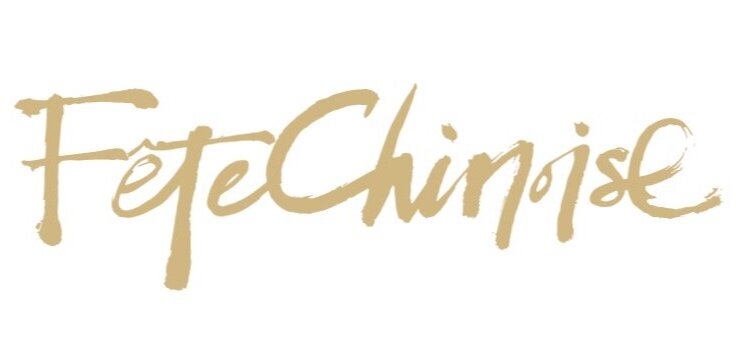

























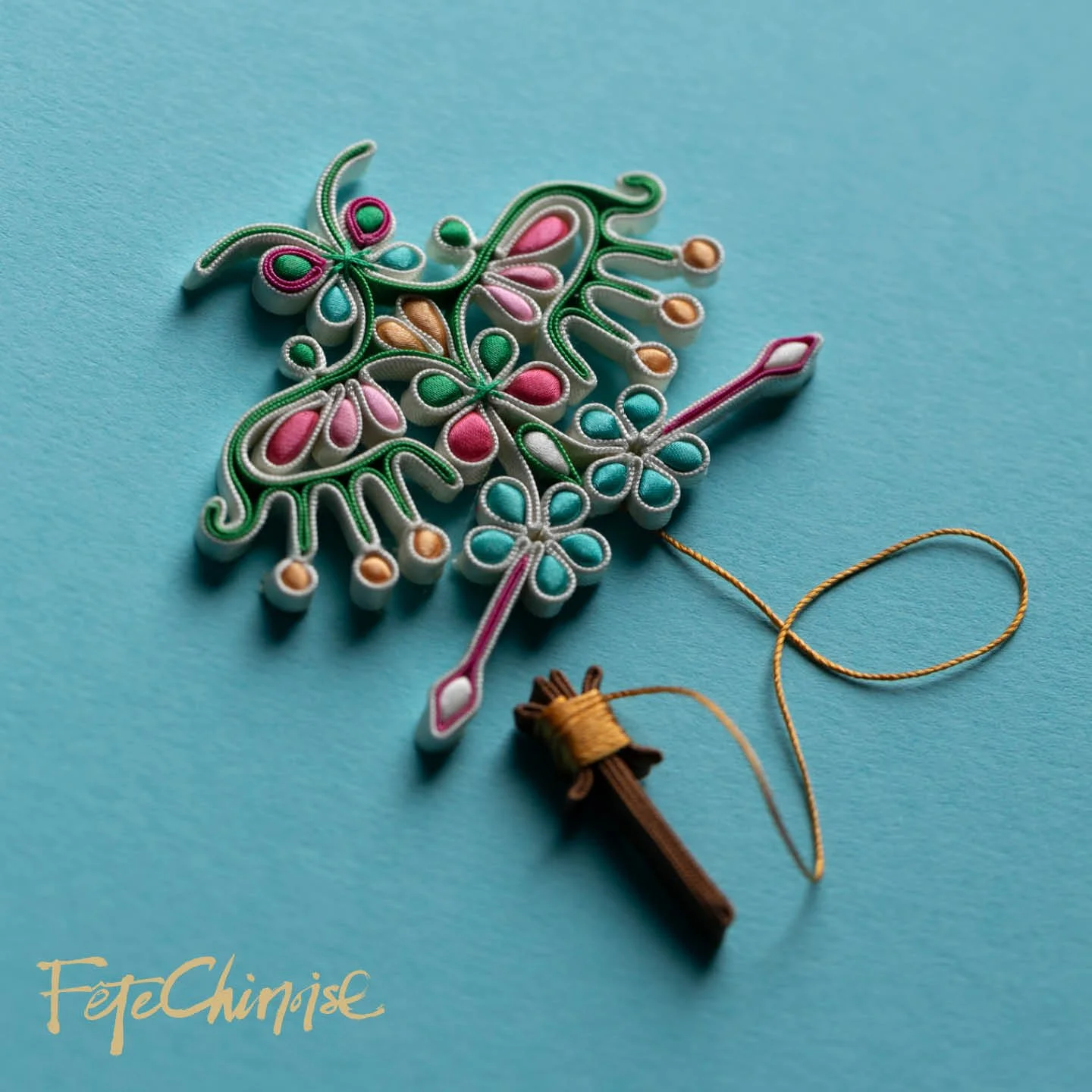

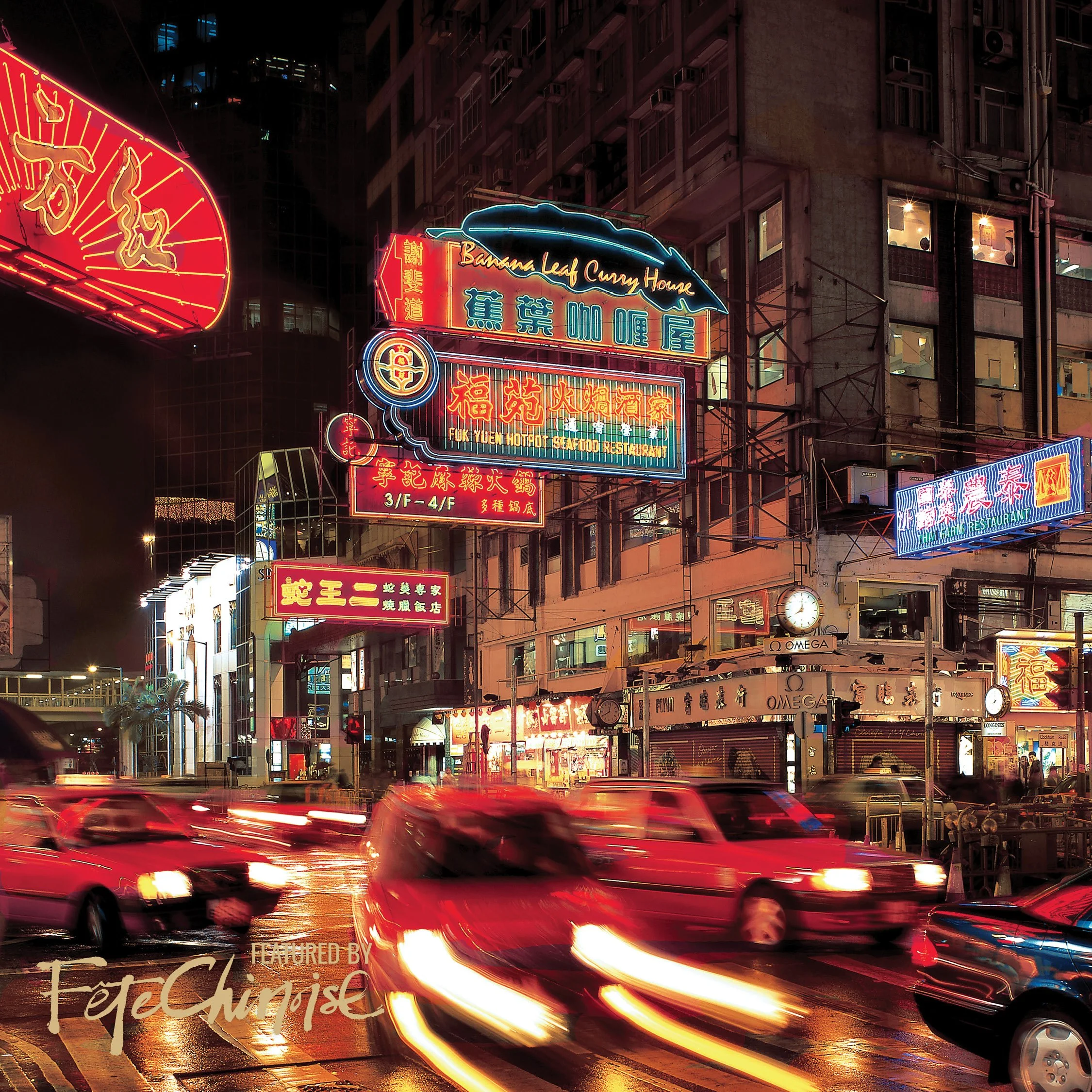

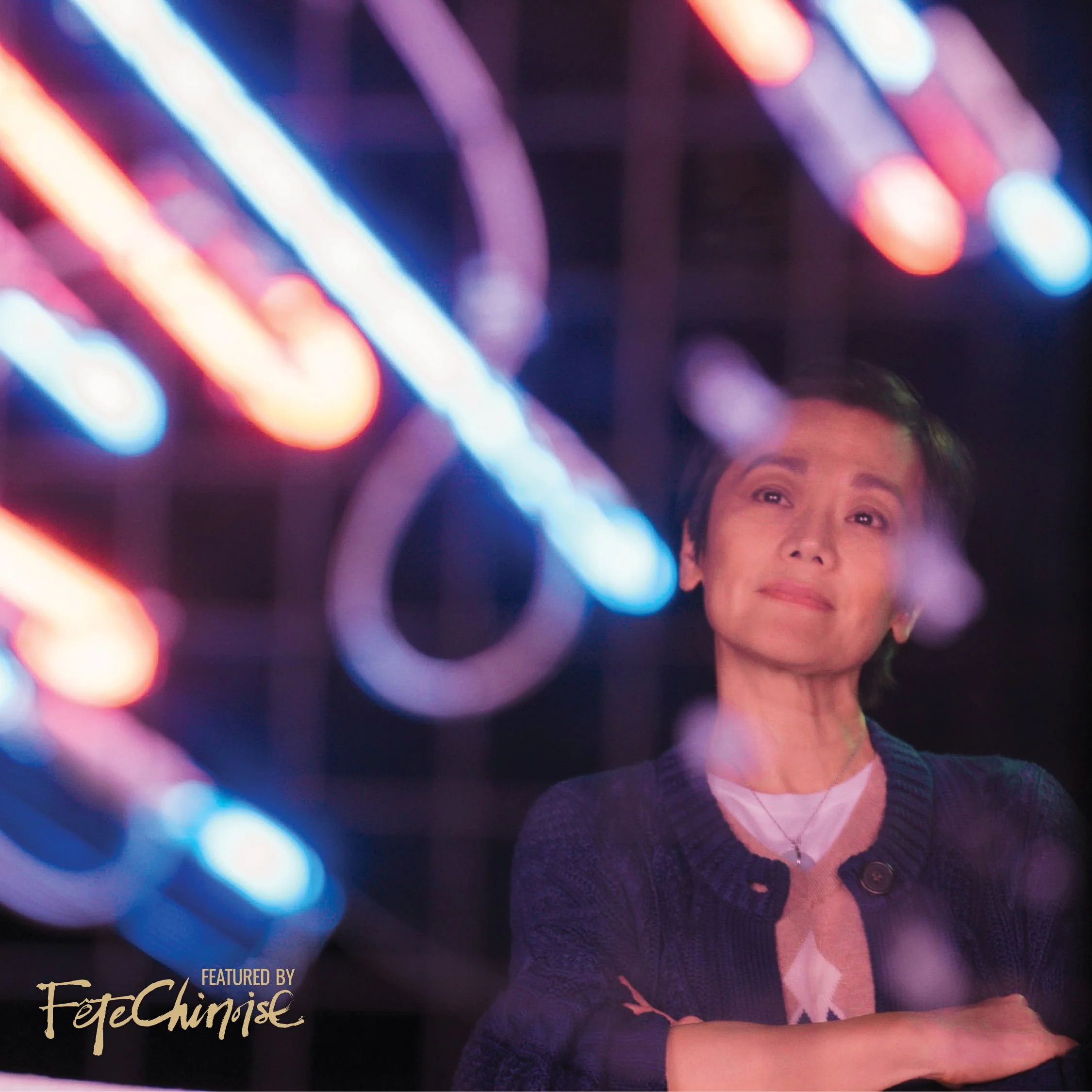
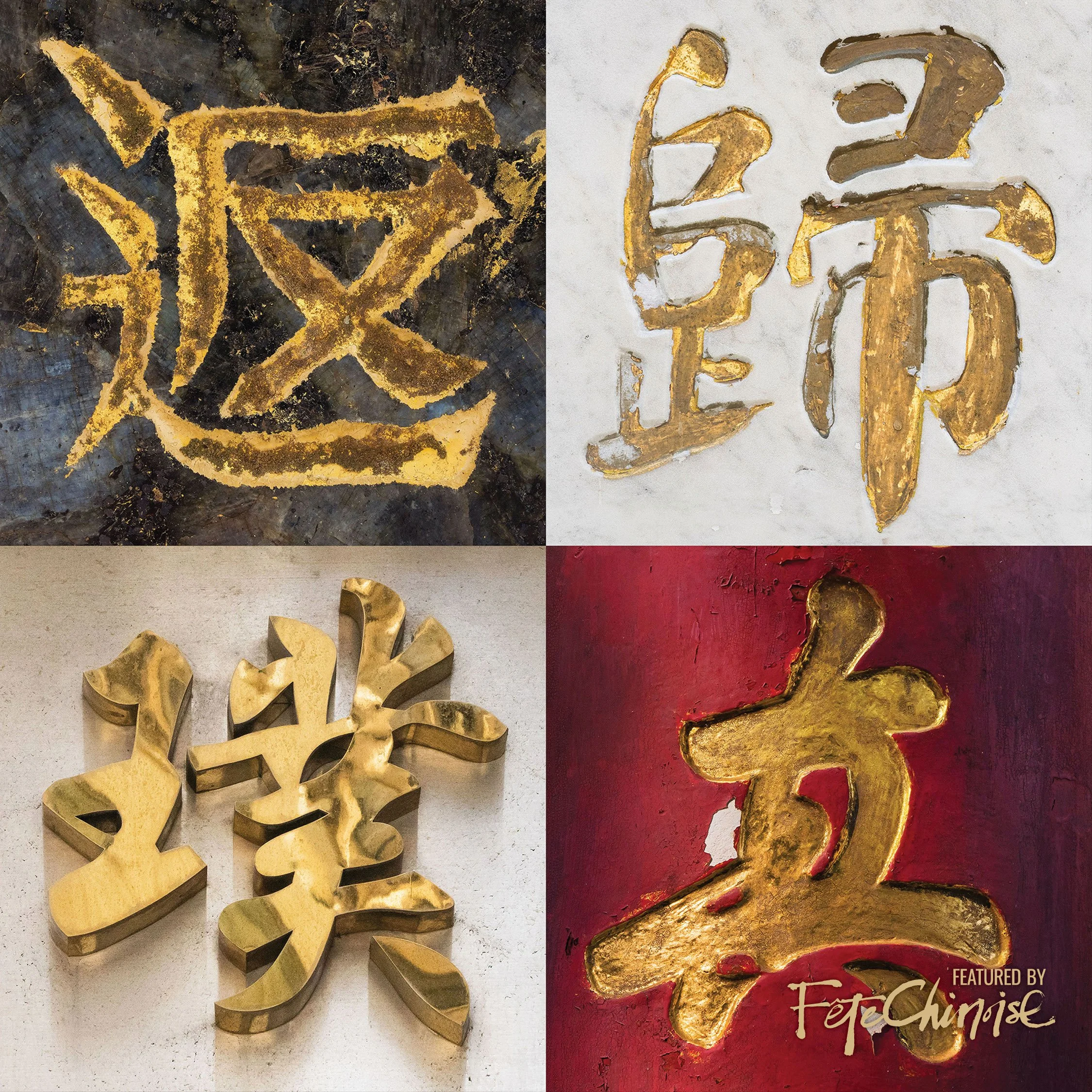

Chinese culture values symbolism. On important occasions like the wedding banquet, the ingredients used are chosen with care, and each dish carries different meanings. A typical Chinese wedding banquet menu includes either ten or twelve dishes, symbolizing "full and perfection" or implying that the couple will have happiness throughout the twelve months of the year. For this special feature, we invited Rovey Chinese Catering and Private Dining, to demonstrate twelve classic Chinese wedding banquet courses and introduce the meaning behind each dish.